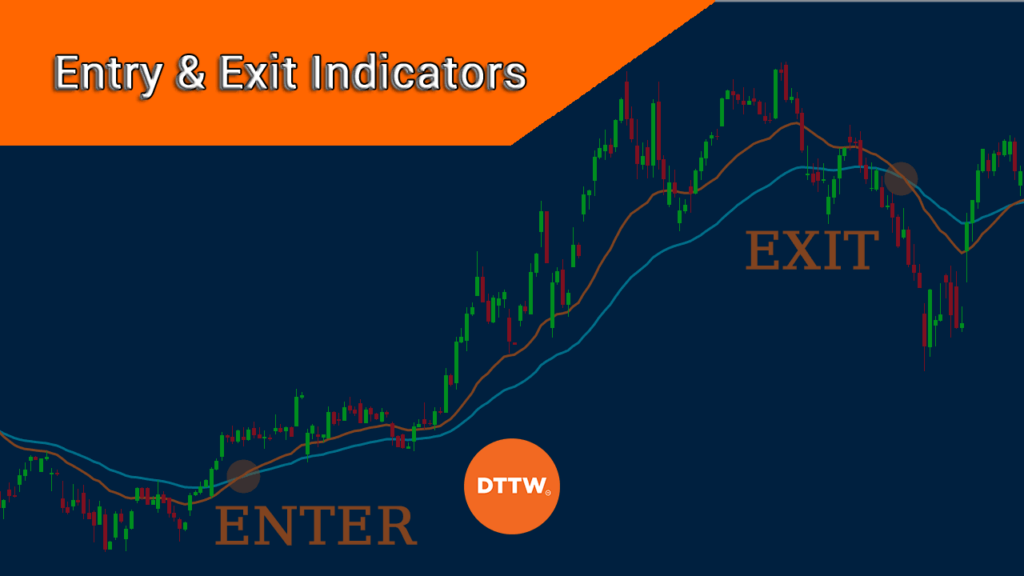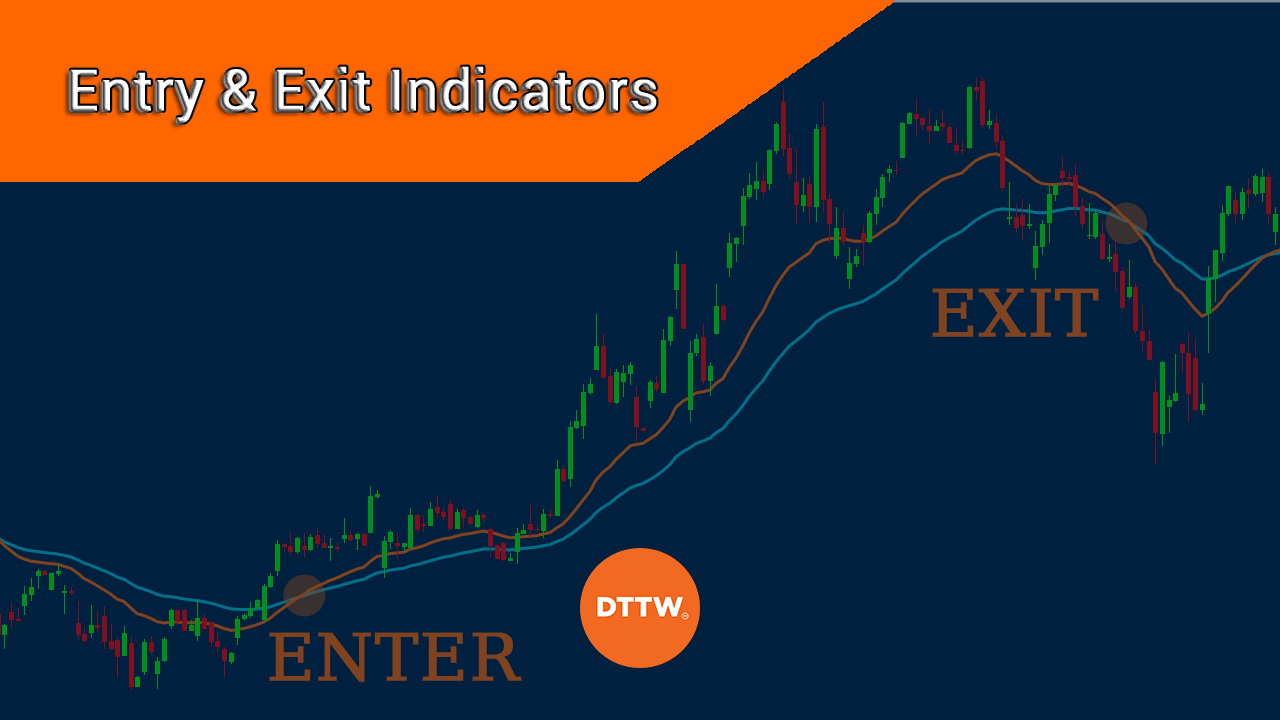Mastering Chart Patterns: Entry And Exit Methods For Enhanced Buying and selling Efficiency
Mastering Chart Patterns: Entry and Exit Methods for Enhanced Buying and selling Efficiency
Associated Articles: Mastering Chart Patterns: Entry and Exit Methods for Enhanced Buying and selling Efficiency
Introduction
With nice pleasure, we’ll discover the intriguing matter associated to Mastering Chart Patterns: Entry and Exit Methods for Enhanced Buying and selling Efficiency. Let’s weave fascinating data and supply recent views to the readers.
Desk of Content material
Mastering Chart Patterns: Entry and Exit Methods for Enhanced Buying and selling Efficiency

Chart patterns, recurring formations in value motion, supply useful insights into market sentiment and potential future value actions. Recognizing and decoding these patterns can considerably enhance a dealer’s decision-making course of, enhancing each entry and exit methods. Nonetheless, efficiently using chart patterns requires extra than simply identification; a deep understanding of their nuances, affirmation indicators, and danger administration is essential for constant profitability. This text explores varied common chart patterns, detailing efficient entry and exit methods whereas emphasizing the significance of danger administration.
Understanding Chart Patterns: A Basis for Success
Chart patterns are visible representations of the interaction between provide and demand. Bullish patterns point out a shift in the direction of shopping for strain, suggesting potential value will increase, whereas bearish patterns sign growing promoting strain and anticipate value declines. These formations aren’t good predictors, however they supply chances, permitting merchants to place themselves strategically. The reliability of a sample usually will depend on its readability, quantity affirmation, and the general market context.
Well-liked Chart Patterns and Their Traits:
A number of chart patterns stand out for his or her frequency and reliability. Understanding their distinctive traits is essential for efficient buying and selling:
1. Head and Shoulders (H&S): A Bearish Reversal Sample
The H&S sample consists of three distinct peaks, with the center peak (the "head") being considerably greater than the opposite two ("shoulders"). A neckline connects the troughs between the peaks. The sample suggests a possible reversal from an uptrend to a downtrend.
- Entry: A bearish sign is generated when the value breaks under the neckline, confirmed by elevated buying and selling quantity.
- Exit: The preliminary goal is usually the space between the top and the neckline, projected downwards from the breakout level. Cease-loss orders must be positioned above the neckline. Trailing stop-losses can be utilized to guard income as the value strikes favorably.
2. Inverse Head and Shoulders (IH&S): A Bullish Reversal Sample
The mirror picture of the H&S sample, the IH&S signifies a possible reversal from a downtrend to an uptrend. It options three distinct troughs, with the center trough being considerably decrease than the others.
- Entry: A bullish sign is generated when the value breaks above the neckline, confirmed by elevated buying and selling quantity.
- Exit: The preliminary goal is usually the space between the top and the neckline, projected upwards from the breakout level. Cease-loss orders must be positioned under the neckline. Trailing stop-losses will be employed to safe income.
3. Double Prime and Double Backside: Reversal Patterns
Double tops and double bottoms signify potential reversals. A double prime types when the value reaches an analogous excessive twice, adopted by a decline. A double backside types when the value reaches an analogous low twice, adopted by an increase.
- Entry (Double Prime): A bearish sign is generated when the value decisively breaks under the help degree connecting the 2 lows.
- Entry (Double Backside): A bullish sign is generated when the value decisively breaks above the resistance degree connecting the 2 highs.
- Exit: Targets are usually calculated by measuring the space between the highs (double prime) or lows (double backside) and projecting that distance from the breakout level. Cease-loss orders are positioned under the help (double prime) or above the resistance (double backside).
4. Triangles: Continuation or Reversal Patterns
Triangles are characterised by converging trendlines, making a triangular form. They are often ascending, descending, or symmetrical. Triangles usually signify intervals of consolidation earlier than a continuation or reversal of the prevailing development.
- Entry: Entries are usually made on the breakout of both the higher or decrease trendline, relying on the sample and the anticipated path. Quantity affirmation is essential.
- Exit: Targets for triangle breakouts fluctuate, however usually contain projecting the peak of the triangle from the breakout level. Cease-loss orders are positioned exterior the triangle.
5. Flags and Pennants: Continuation Patterns
Flags and pennants are short-term consolidation patterns that normally seem inside a powerful development. Flags are characterised by parallel trendlines, whereas pennants have converging trendlines.
- Entry: Entries are usually made after a breakout from the flag or pennant, within the path of the prevailing development.
- Exit: Targets are sometimes decided by projecting the flagpole (the previous sturdy transfer) size from the breakout level. Cease-loss orders are positioned exterior the sample.
Affirmation Alerts and Threat Administration: Essential Components for Success
Figuring out a chart sample is simply step one. Affirmation indicators and strong danger administration are essential for mitigating losses and maximizing income:
- Quantity Affirmation: Elevated quantity through the breakout confirms the energy of the transfer and will increase the reliability of the sample.
- Technical Indicators: Combining chart patterns with technical indicators, comparable to shifting averages, RSI, or MACD, can improve affirmation and supply further entry/exit indicators.
- Help and Resistance Ranges: Figuring out key help and resistance ranges helps in setting stop-loss and goal ranges.
- Threat-Reward Ratio: At all times outline your risk-reward ratio earlier than getting into a commerce. A positive risk-reward ratio (e.g., 1:2 or higher) helps handle potential losses and maximize income.
- Place Sizing: By no means danger greater than a small proportion of your buying and selling capital on any single commerce. This limits potential losses and protects your general account steadiness.
- Cease-Loss Orders: At all times use stop-loss orders to restrict potential losses. Place stop-loss orders strategically, contemplating elements like help ranges and the sample’s traits.
- Trailing Cease-Losses: Think about using trailing stop-losses to lock in income as the value strikes favorably, whereas minimizing the chance of giving again features.
Past the Fundamentals: Superior Issues
Mastering chart patterns requires steady studying and adaptation. Listed here are some superior issues:
- Context is Key: Analyze chart patterns inside the broader market context. Take into account general market traits, financial indicators, and information occasions.
- Sample Failure: Be ready for sample failures. Not each sample will play out as anticipated. Study to acknowledge when a sample is failing and exit accordingly.
- Follow and Self-discipline: Constant observe and disciplined adherence to your buying and selling plan are essential for long-term success. Backtesting your methods on historic information may also help refine your strategy.
- Emotional Management: Keep away from emotional buying and selling selections. Follow your pre-defined entry and exit methods, no matter market fluctuations.
Conclusion:
Chart patterns supply useful instruments for merchants searching for to reinforce their decision-making course of. Nonetheless, profitable utilization requires a radical understanding of their traits, affirmation indicators, and danger administration methods. By combining sample recognition with technical indicators, help/resistance ranges, and a disciplined strategy to danger administration, merchants can considerably enhance their entry and exit methods, growing the likelihood of worthwhile trades and attaining long-term success within the monetary markets. Keep in mind that constant studying, adaptation, and disciplined execution are paramount to mastering this significant side of technical evaluation.








Closure
Thus, we hope this text has offered useful insights into Mastering Chart Patterns: Entry and Exit Methods for Enhanced Buying and selling Efficiency. We thanks for taking the time to learn this text. See you in our subsequent article!